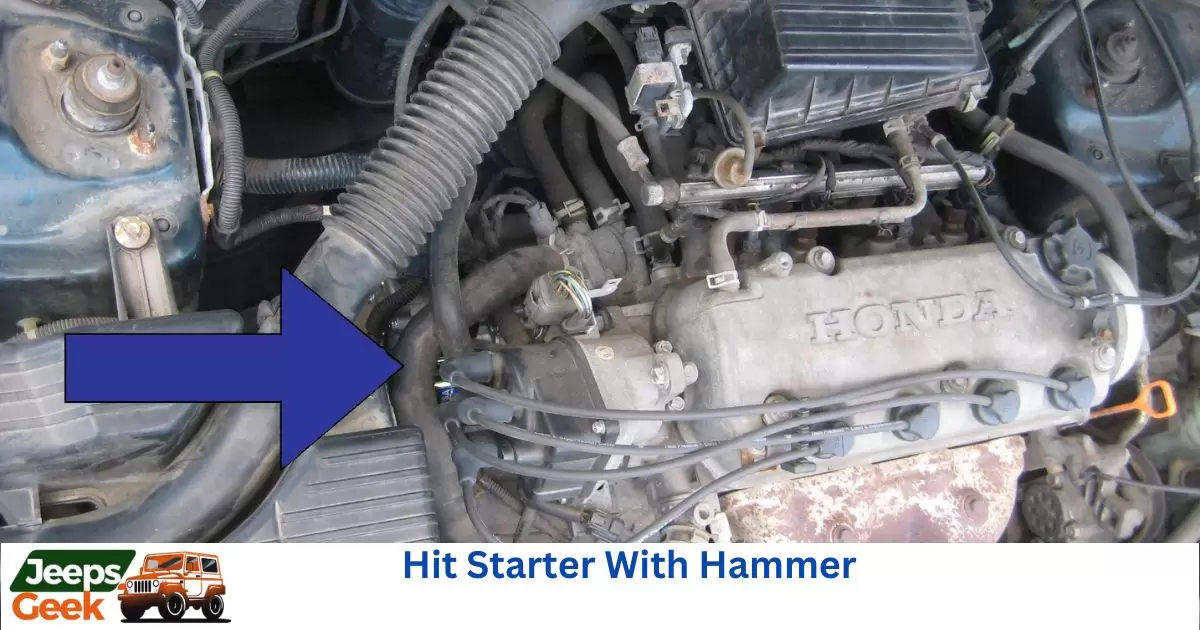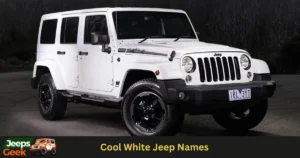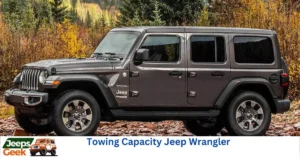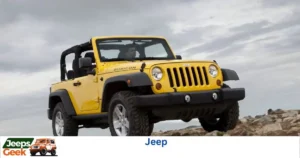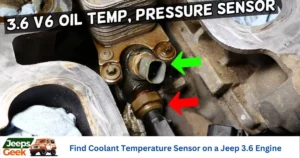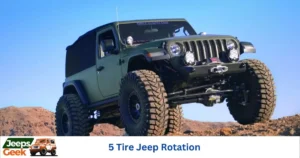Give your starter a hammer if your car is refusing to start. But be delicate; you don’t want to damage anything. This trick can help if the starter solenoid is stuck. Just tap it lightly, and as someone turns the ignition on and off, keep tapping until the engine starts.
When you hear rapid clicking, it’s a sign of bad connections affecting the starter. This could be in the battery, ground wires, or the starter itself.
A single loud click from the starter indicates a stuck solenoid. Give it a slight tap with a hammer to get it unstuck. For more details, check out my guide on why your car starts inconsistently. Remember, a gentle touch is the key to kickstarting your car!
How Does A Starter Work?
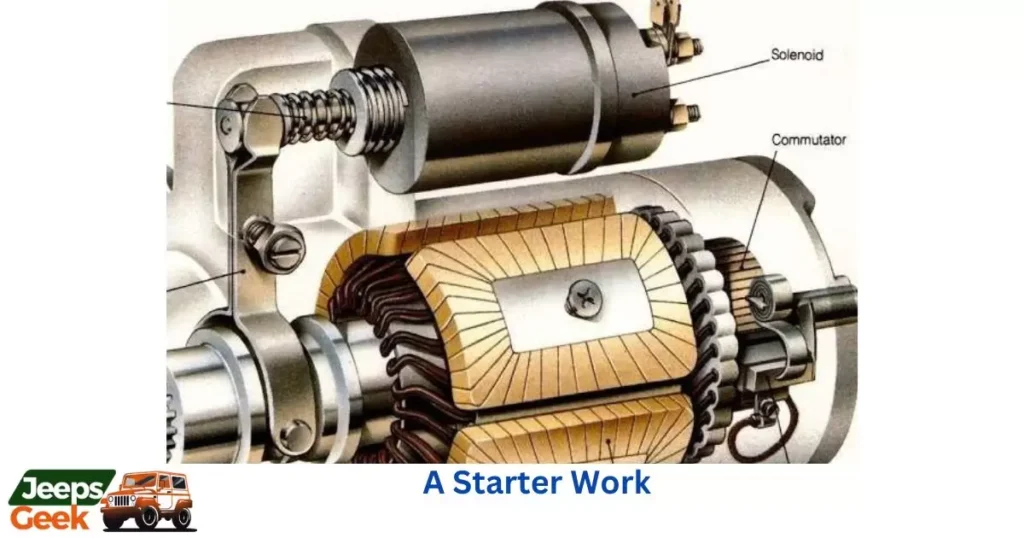
A starter plays a crucial role in getting a car’s engine up and running. Positioned on the driver’s side of the engine near the flywheel, it contains a small electric motor that kick starts the engine by turning it over – a process known as “cranking.”
When you initiate the starting sequence by turning the key or pressing a button, the starter gear extends and locks into the engine’s flywheel. This engagement allows the starter to spin the flywheel, initiating the engine’s movement. Once the engine is running and generating its power, the starter gear retracts.
The essential components of a starter include:
- Starter solenoid: This part facilitates the smooth flow of electric current to the starter motor.
- Electric starter motor: The core motor responsible for spinning the engine and initiating the starting process.
These elements work together seamlessly, ensuring your car’s engine springs to life when you need it.
The internal view of a starter is shown in the illustration below
- Pinion Shaft Location: This is where the pinion shaft is situated.
- Flange: The sturdy flange supports and holds various components.
- Freewheel Clutch Rolling Element: The rolling part in the freewheel clutch ensures smooth movement.
- Mounting Flange: This is where the assembly gets securely attached.
- Solenoid Coil: The solenoid coil plays a crucial role in the system.
- Plunger: The plunger is a key element in the mechanism.
- Solenoid: This part is responsible for controlling the movement.
- Contact Bridge: The contact bridge connects important elements.
- Battery Connection: This is where the system connects to the battery.
- Commutator: The commutator is an essential component.
- Carbon Brush: The carbon brush is vital for electrical conduction.
- Armature: The armature is a significant part of the system.
- Pole Winding: Winding around the pole is part of the assembly.
- Reduction Gear: The reduction gear helps in optimizing movement.
- Engaging Fork: The engaging fork is crucial for proper engagement.
- Helix: The helix is a vital component in the mechanism.
- Meshing Spring: The meshing spring ensures proper alignment.
- Freewheel Clutch: The freewheel clutch allows for controlled movement.
- Pinion: The pinion is a key element in the system.
- Stop Ring: The stop ring is important for limiting movement.
Starter Solenoid
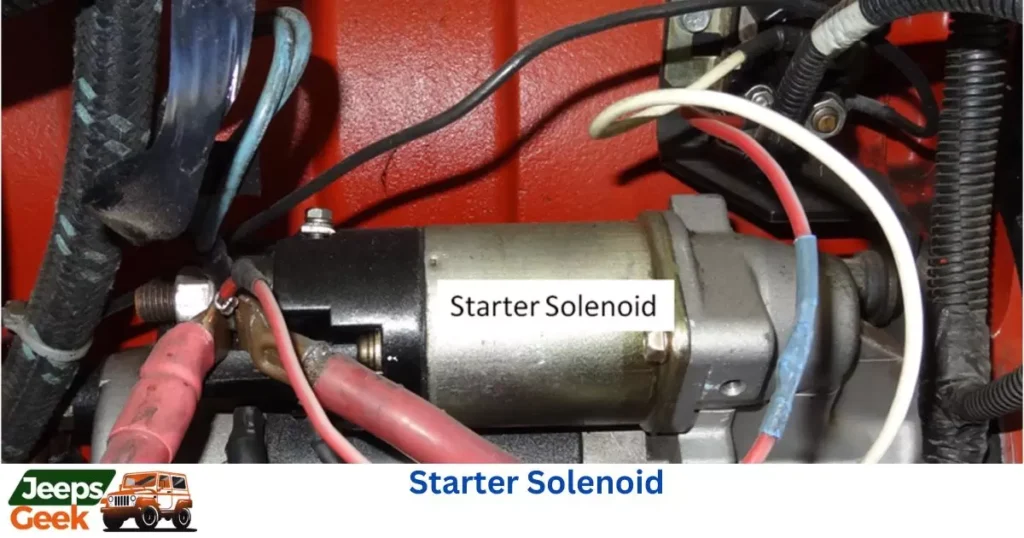
The starter solenoid is like the superhero of your vehicle’s ignition system, with its own set of cool moves. Here’s the breakdown:
- Magnetic Magic: Inside the starter solenoid, there are these cool windings. When electricity flows through them, they get all magnetic. Imagine it as the solenoid’s superhero power-up.
- Plunger Power: There’s a plunger in there too. Thanks to the magnetic force, this plunger gets all action-hero and moves. Its mission? To shift a pinion gear in front of the flywheel and make sure the current flows to the starter motor.
- Four-Star Functions: The starter solenoid doesn’t just sit there looking cool; it’s got a job to do:
- Pulling the pinion to team up with the flywheel.
- Holding that pinion tight with the flywheel during the starting show.
- Connecting the dots in the electrical circuit, making sure power flows from the battery to the starter’s brushes.
- Making the pinion back off when it’s done with the flywheel party.
- The Three Musketeers (Terminals):
- The first terminal is the power source, getting a constant 12V supply from the battery. It’s like the solenoid’s energy drink.
- The second terminal is the cool connector. It hooks up with the ignition switch, getting the signal to start when you turn the key. This one’s the S terminal, like the solenoid’s secret agent.
- The third terminal is the delivery guy. It sends the current from the first terminal to the starter motor, making sure the whole starting process kicks off when the plunger does its thing.
So, in a nutshell, the starter solenoid is the behind-the-scenes hero that makes sure your ride starts with a bang! 🚗💥
Read Also: Jeep Dies While Driving But Restarts
Electric Starter Motor
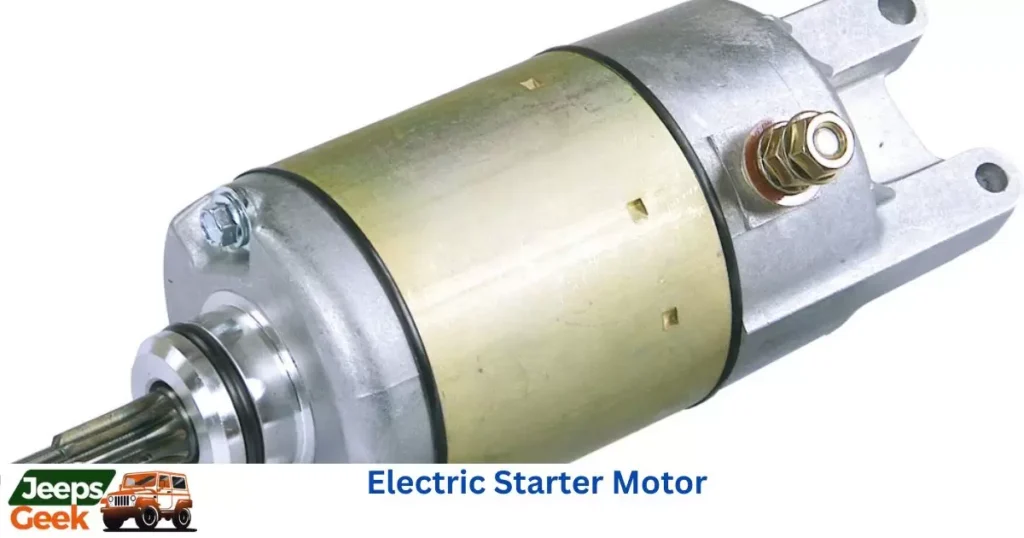
The starter motor kicks off the action by giving a boost of mechanical energy to the pinion, making it spin. Then, this energy gets passed on to the flywheel, setting the engine in motion. The electric motor part of the starter motor is made up of important components like the armature, carbon brushes, permanent magnets, electromagnetic coils, and the armature shaft.
So, basically, the starter motor gets things rolling by making sure everything’s spinning smoothly and the engine’s ready to go!
Gear Drive
Hey there! Right next to the starter motor, we’ve got a gear drive section. Now, this cool section has a reduction gear drive that slows down the shaft’s speed. At the end, there’s a pinion gear, and guess what? It buddies up with the flywheel, making things go smoothly. It’s like teamwork for a smooth start! 🚗✨
Why Does Hitting A Starter Make It Work?
Gently tapping your starter with a hammer can work wonders:
- Boost Brush Contact: It gives the brushes a little kick, making sure they connect with the commutator.
- Unstick Solenoid: If your starter solenoid is jammed, a tap can unstick it, especially if dirt and grit are causing trouble.
- Reposition Armature: The tap can nudge the armature into a new position, ensuring a solid electrical connection.
If the solenoid plunger is stuck “in,” your pinion gear won’t engage the flywheel when you turn the ignition on. A tap can fix this by freeing up the stuck plunger.
Inside the starter motor, there are brushes made of carbon or copper. Over time, they wear out or rust, disrupting the electrical flow. The starter brushes can also get stuck, preventing movement when the armature rotates. A tap shakes things up, completing the circuit and getting your starter motor back in action.
Alright, when you tap the starter motor area, it jolts the carbon brushes into position for another go at connecting with the commutator, ensuring the electricity flows smoothly. Additionally, the copper contacts, linking the positive cable to the starter winding, might get burnt, leaving a black residue. This gunk can mess up the contacts, but you can fix it by scrubbing them with a wire brush until they gleam.
Another key element in the starter system is a copper washer. It gets pushed between two large contacts when a plunger is pulled into the starter solenoid via a magnetic field. This copper washer’s contact is crucial for the electric current to reach the starter motor.
If those contacts or the copper washer have issues, a strategic hit to the starter with a hammer can nudge the copper washer into a better position, ensuring a solid electrical connection to the starter motor.
For this, I recommend using a pry-bar or a rubber mallet. Give it a gentle tap to set things right.
Important Locations Where You Can Tap or Hit The Starter
Hey there! When your ride refuses to start, you can give it a gentle love tap in a few key places. First off, there’s the starter solenoid, then the starter motor, and don’t forget the gear drive. Now, grab your buddy and have them hold the key in the start position while you work your magic with that trusty hammer.
So, why the gentle tapping, you ask? Well, over time, the teeth on the pinion gear’s front can wear down. When that happens, they struggle to cozy up with the flywheel. A little tap on the starter coaxes the pinion gear to shimmy a bit, making sure the less worn teeth get buddy-buddy with the flywheel.Voila! Your vehicle might just thank you for the wake-up call.
A simple table to summarize the key points:
| Step | Location to Tap | Action |
| 1 | Starter Solenoid | Gentle tap |
| 2 | Starter Motor | Gentle tap |
| 3 | Gear Drive | Gentle tap |
| 4 | Key in Start Position | Hold it |
| 5 | Why tap? | Over time, pinion gear teeth wear down, making it hard to mesh with the flywheel. Tapping helps the gear shimmy, allowing less worn teeth to engage with the flywheel. |
How To Test A Bad Starter?
If the voltage drop looks good, let’s move on to checking the starter.
To do this, you’ll need to take out the starter. In some cars, you’ll find it beneath the engine, while in others, just pop the hood, and it’s right by the block.
Make sure the solenoid is doing its job the gear should pop out of the casing and mesh with the flywheel. Also, give the starter motor’s gear a spin to see if it’s working. Occasionally, issues can crop up in the starter motor’s armature, causing the car to start and then suddenly stop.
Symptoms Of A Bad Starter
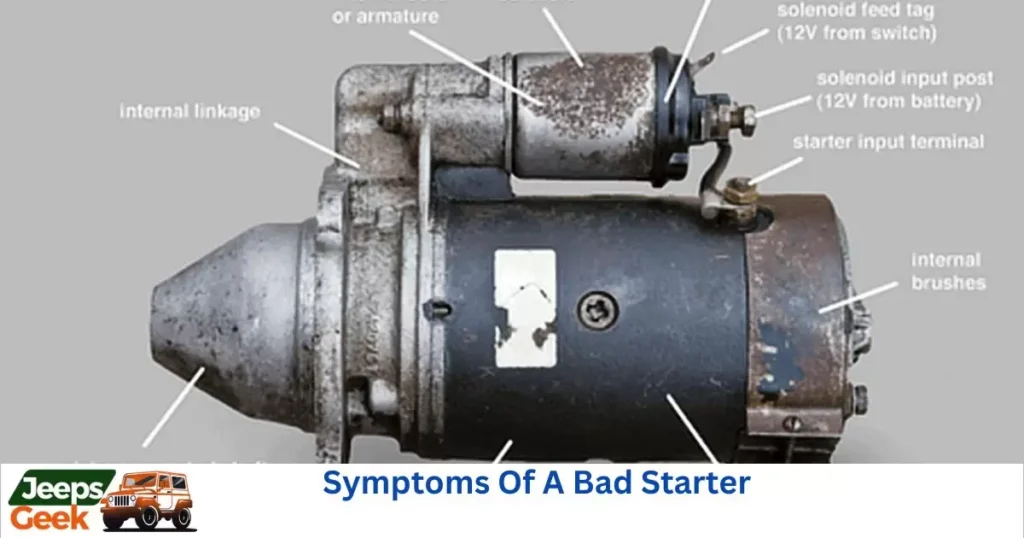
- When you turn the key, the starter motor doesn’t kick in.
- There’s a clicking noise accompanying the key turn.
- Unpleasant grinding noises come from the starter motor.
- A burnt smell is noticeable from the starter motor.
- The starter motor feels excessively hot to the touch.
How Long Will Tapping The Starter Work?
Car starters can sometimes break. When this happens, giving the starter a little tap might make it work again for a bit. But, tapping the starter is just a quick fix.
Inside the starter, there are tiny parts like brushes and copper contacts. These can break over time. There’s also a part called a solenoid that can get stuck. If any of these parts are too damaged, tapping the starter will only help for a short time before it stops working completely.
Tapping doesn’t solve the issue of the starter gear not connecting well to the flywheel. This causes loud grinding noises, potentially harming the starter and even damaging the engine.
So, tapping might help temporarily, but it won’t fix the real problem with the starter.
Disadvantages Of A Bad Starter
Here are some disadvantages of a bad Starter in blew table:
| Disadvantages of a Bad Starter | Description |
| 1. Temporary Fix | Tapping might make a bad starter work for a little while, but it’s just a quick solution and won’t last. |
| 2. Internal Damage | Inside the starter, tiny parts like brushes and copper contacts can break, affecting its functionality. |
| 3. Stuck Solenoid | The solenoid, another part inside the starter, can get stuck, causing issues and making tapping only a short-term fix. |
| 4. Persistent Problems | If the internal parts are too damaged, tapping won’t solve the problem for long, and the starter will eventually stop working altogether. |
| 5. Grinding Noises | A bad starter can lead to loud grinding noises, indicating poor connection with the flywheel, potentially causing further damage. |
| 6. Risk of Engine Damage | Continued use of a faulty starter can harm the engine, making it crucial to address the issue promptly. |
Future Automotive Tech Marvels: What’s Next on the Horizon?
Buckle up, because the future of cars is getting seriously cool! Imagine cars that talk to each other and drive themselves – that’s what’s next on the horizon. These high-tech marvels might help prevent accidents and make driving a breeze. And get this, some cars might even run on electricity, helping to keep our planet happy and green.
Imaigne a car that parks itself or gives you a heads-up if there’s traffic ahead. It’s like having a super-smart sidekick on the road! So, the future of cars? It’s looking bright, exciting, and packed with awesome tech surprises.
Answers To Key Questions
How do you tap a Jeep starter?
To tap a Jeep starter, grab a hammer and give it a gentle tap. Be delicate and avoid causing damage. While someone turns the ignition on and off, keep tapping until the engine starts.
Does banging on a starter work?
Yes, tapping or banging on a starter can work wonders. It helps unstick a stuck solenoid, boost brush contact, and reposition the armature for a solid electrical connection. However, it’s a temporary fix and won’t solve internal damage issues.
How do you trick a starter to work?
One way to trick a starter to work is by tapping it gently with a hammer. This helps address issues like a stuck solenoid or poor brush contact. Remember, it’s a quick fix and won’t address underlying internal damage.
When tapping on a starter doesn’t work?
If tapping on a starter doesn’t work, it could mean there’s severe internal damage, such as broken brushes or a completely stuck solenoid. In such cases, a more thorough inspection or professional help might be needed.
Where do you hit a starter to start it?
Hit the starter in key areas: the starter solenoid, starter motor, and gear drive. When tapping, focus on these locations while someone holds the key in the starting position. This can help engage the pinion gear with the flywheel for a smoother start.
Why do people tap the starter?
People tap the starter to address issues like a stuck solenoid, poor brush contact, or misalignment of the pinion gear. Tapping can temporarily resolve these issues and get the starter working again for a short period. It’s a quick troubleshooting method.
Final Thought
In a nutshell, if your Jeep is playing hard to start, a gentle tap with a hammer on the starter can sometimes do the trick. The starter is like your Jeep’s superhero, with cool moves inside, including a magnetic solenoid and an electric motor.
Tapping helps unstick things, like a stuck solenoid or worn-out parts, making them work for a short time. Remember, it’s like a quick fix, not a permanent solution. The starter has essential parts like brushes and contacts that can wear out, causing trouble.
Tapping shakes them up, making the electricity flow smoothly again. It’s like giving your Jeep a little wake-up call. But, keep in mind, if the starter has serious issues, tapping won’t fix it for long, and it might need professional help. So, tap gently, and if it keeps having problems, don’t forget to consult an expert.

Meet James Wilson, the driving force behind “Jeeps Geek.” As a dedicated Jeep enthusiast, I’ve navigated the trails, tinkered under the hood, and conquered every off-road challenge. Join me on the Jeeping journey where I share insights, troubleshoot issues, and celebrate the thrill of the open road.
